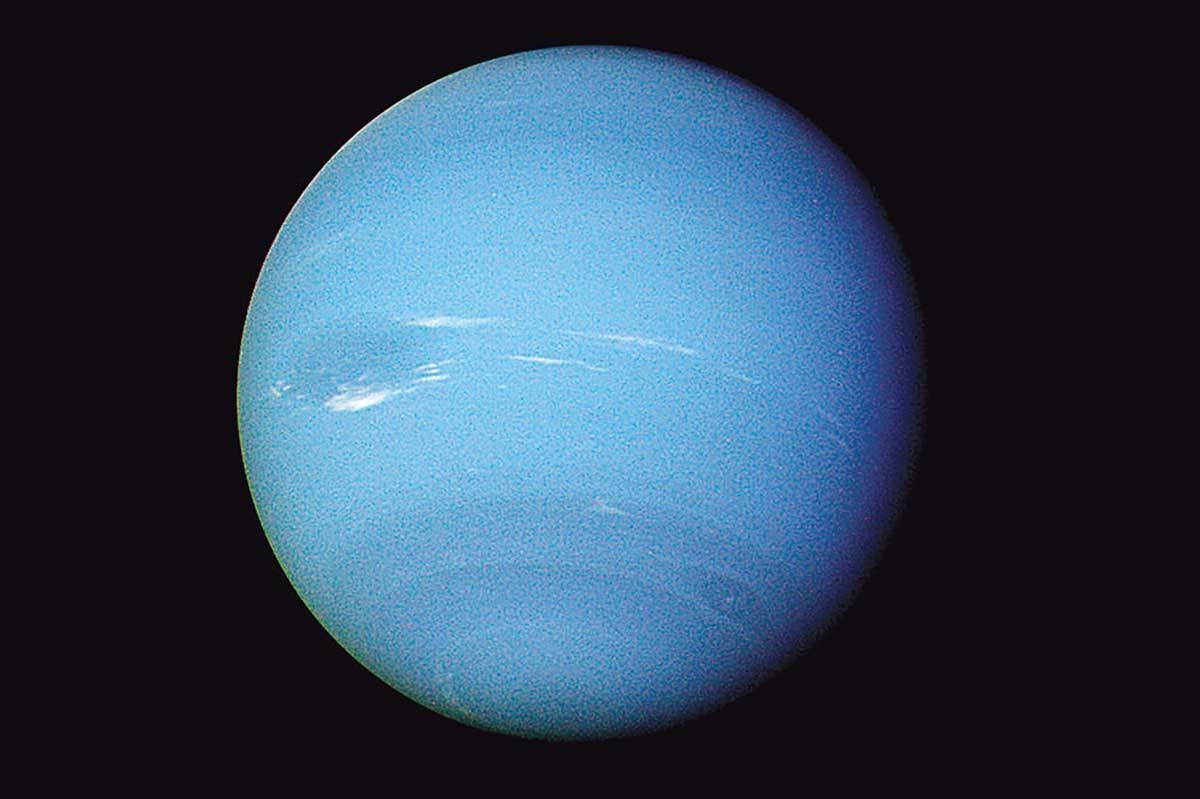Astronomers have made an exciting discovery in our solar system, finding three previously unknown moons. The discoveries include two additional moons orbiting Neptune and one around Uranus. This groundbreaking finding was made possible by the use of powerful land-based telescopes in Hawaii and Chile.
The announcement of these new moons was made by the International Astronomical Union’s Minor Planet Center. This organization is responsible for cataloging and tracking minor planets, comets, and other objects in our solar system.
With the addition of these newly discovered moons, Neptune’s moon count now stands at 16, while Uranus has a total of 28 moons. These findings provide valuable insights into the dynamics and composition of these distant planets.
One of the newly discovered moons around Neptune has the longest known orbital journey. It takes approximately 27 years for this small outer moon to complete one lap around Neptune. This finding was made by Scott Sheppard, an astronomer at the Carnegie Institution for Science in Washington, who played a crucial role in this discovery. Neptune, being the farthest icy planet from the sun, continues to amaze astronomers with its unique features.
The new moon orbiting Uranus is estimated to have a diameter of just 5 miles (8 kilometers), making it likely the smallest moon in the planet’s collection. This discovery further highlights the diversity of moons within our solar system. Sheppard suggests that there may be many more smaller moons yet to be discovered, indicating that our understanding of these planets is far from complete.
These findings not only expand our knowledge of our solar system but also raise intriguing questions about its formation and evolution. Moons play a vital role in the dynamics of the planets they orbit, influencing their gravitational forces and shaping their environments. By studying these moons, astronomers can gain insights into the complex interactions within our solar system.
The discovery of these new moons is a testament to the advancements in technology and our continuous exploration of the cosmos. Land-based telescopes, such as those used in this study, provide astronomers with a unique perspective on our celestial neighbors. The use of these powerful instruments allows scientists to uncover hidden treasures within our solar system.
As we continue to push the boundaries of our understanding, it is important to remember that there is still much more to discover. Our solar system is a vast and mysterious place, and each new finding brings us closer to unraveling its secrets. The discovery of these three new moons is just the beginning, and we eagerly await future breakthroughs that will deepen our understanding of the universe we call home.
In conclusion, the recent discovery of three previously unknown moons in our solar system has provided astronomers with valuable insights into the dynamics and diversity of Neptune and Uranus. These findings expand our knowledge and spark further curiosity about the formation and evolution of our solar system. As we continue to explore, we are reminded of the vastness and complexity of the universe, and the endless possibilities that lie beyond our reach.
Source: The Manila Times







